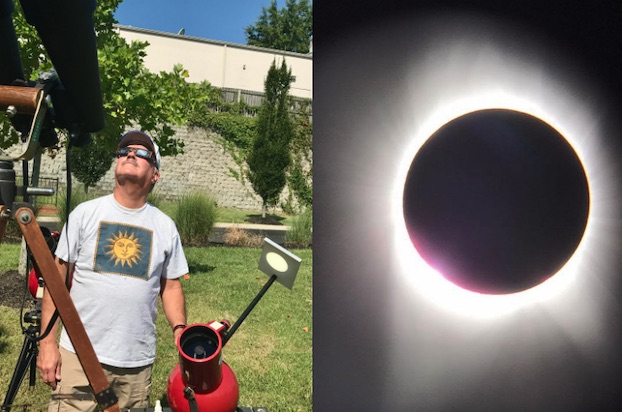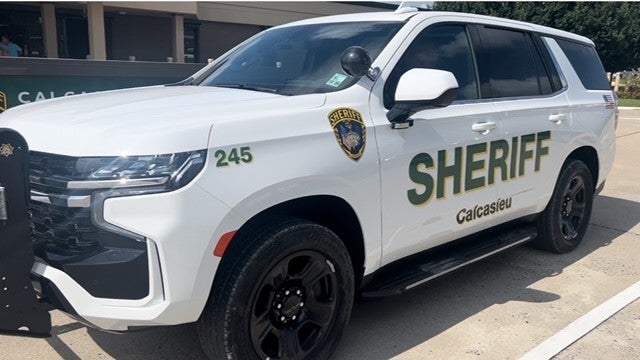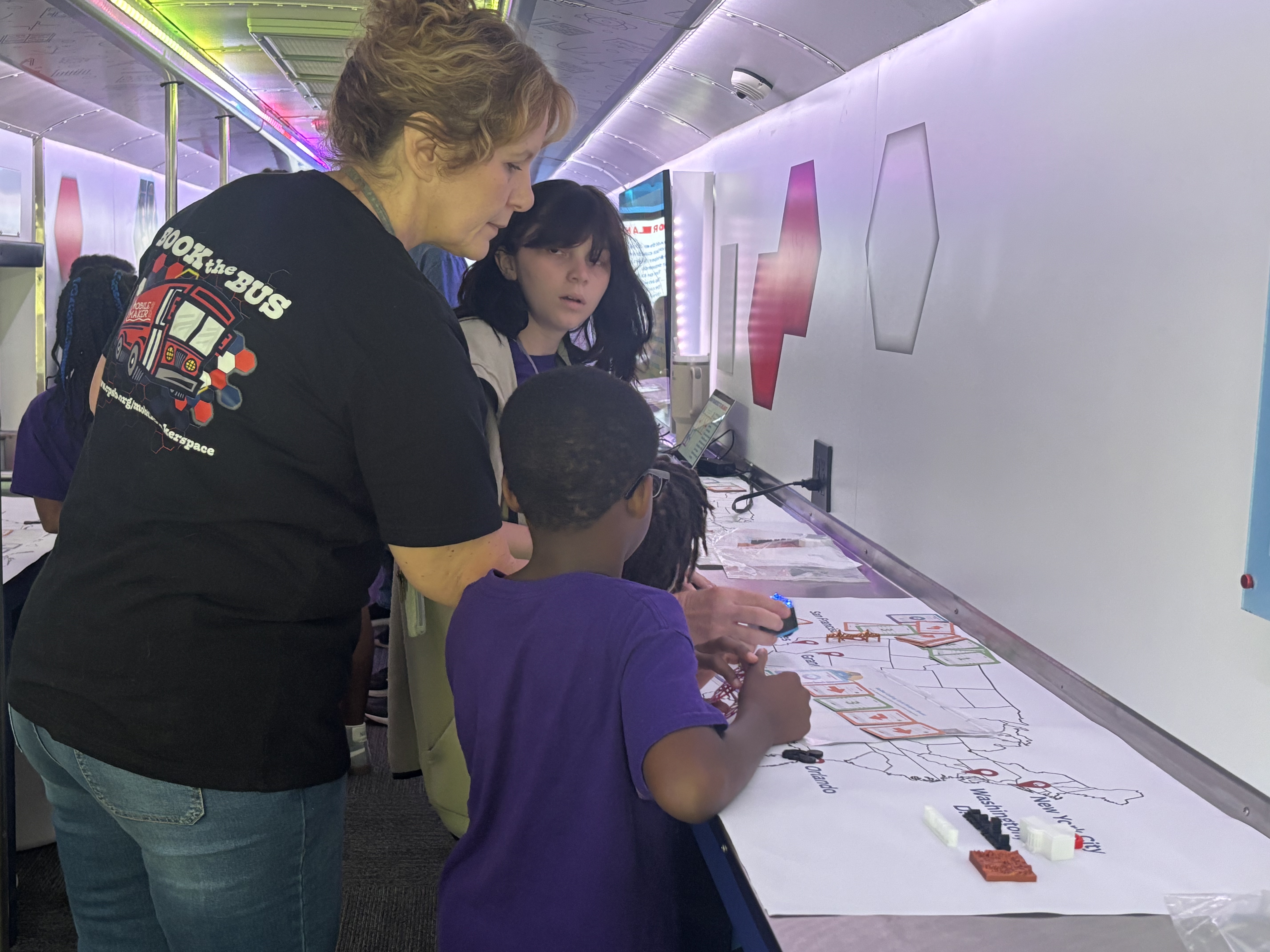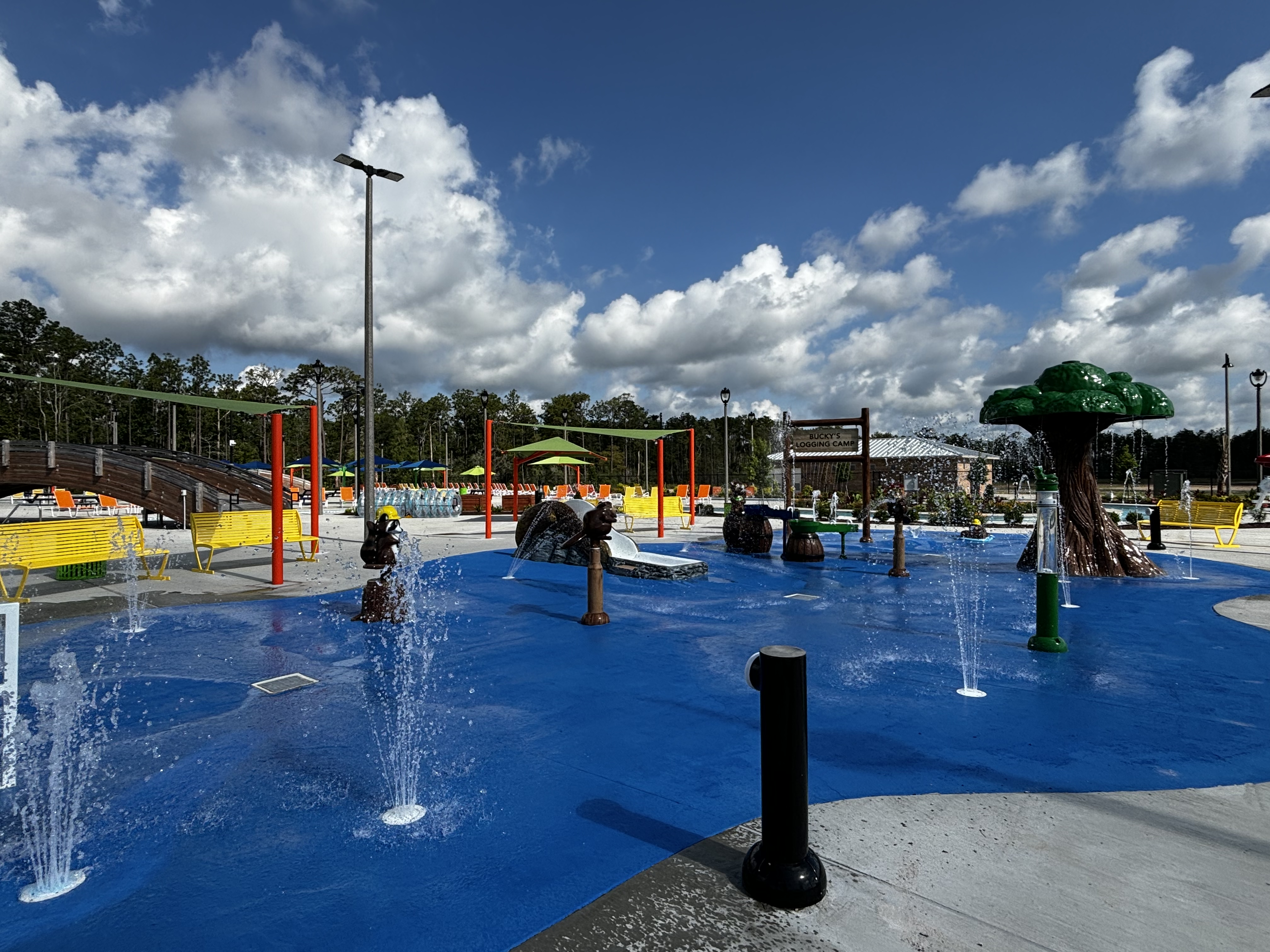Local photographer plans to capture total solar eclipse from Arkansas
Published 4:37 pm Tuesday, March 26, 2024

- Gary Kratzer will travel to Hot Springs, Ark., which is in the path of totality, to photograph a total eclipse. This is his last photo of a Total Solar Eclipse, Aug. 2017, Mt. Juliet, Tenn. (Special to the American Press)
The upcoming eclipse is getting plenty of attention and with good reason. Monday, April 8, will be the last time a total solar eclipse passes over a large part of the U.S. until 2044. (Alaska will see one in 2033.)
Only special glasses can be used to view it. The Calcasieu Public Library branches are distributing those while supplies last, and McNeese State University astronomy students will have some available on April 8 at the Frash Annex across from the library.
McNeese State University’s Suzanne Bushnell and retired educator Gary Kratzer plan to see and celebrate the eclipse from its optimal viewing point, within the path of totality. That’s the path where the moon’s shadow crosses the Earth’s surface.
This path is wide, according to Kratzer, over 100 miles wide through Texas, Oklahoma, Arkansas, Missouri, Tennessee, Illinois, Kentucky, Indiana, Ohio, Michigan, Pennsylvania, New York, Vermont, New Hampshire and Maine. Only those viewing the eclipse from within this path will see a total eclipse, that time when the moon lines up perfectly between the Earth and the sun, blotting out the sunlight.
Krazter and his wife will be in Hot Springs, Ark., when it happens, and he’s ready with all of his equipment – and a plan.
“When I set up in Corpus (for the October 2023 annular eclipse), countless people walked by to ask questions about what I was doing,” he said. During an annular eclipse, the sun remains visible as a bright ring around the moon. This year, he won’t be distracted, and he will accommodate curious onlookers.
Kratzer got into astronomy long before apps helped pinpoint constellations and telescopes were programmable. On April 8 in Hot Springs, he will be ringed by telescopes and outfitted with one that will allow curious onlookers to get a quick, safe glimpse of what’s going on. His wife will run interference and answer questions, and he will be able to photograph, video and safely view the eclipse.
In Hot Springs, the total eclipse will last three minutes and 37 seconds, Kratzer said. During this brief time when the moon completely blocks the sun — and only this time and only for those in the path of totality — glasses can be removed. In Lake Charles and other areas not in the path of totality, glasses must not be removed. In Lake Charles only 91 percent of the sun will be blocked beginning at 12:24 p.m. and ending at 3:05 p.m.
Time’s Jeffrey Kluger reported, “Of all the animals worth observing during a solar eclipse, some of the most intriguing are humans.”
Kratzer agrees. The last time he traveled to see a total eclipse, he looked at people’s faces during this brief interval. “Their heads were up, the mouths were open and the air was filled with audible oohs and aahs,” he said. “It was surreal.”
NASA says the eclipse could lead to ionospheric holes, which might disrupt transmission of radio signals and lead to anomalies in GPS navigation systems.
Insects, bats and birds that feed at night may emerge, bees return to their hives and horses and cows to their stables. Dogs might cower.
Temperatures could dip a couple of degrees, according to Bushnell. She will travel to Fredericksburg, Texas, to see the eclipse.
“A solar eclipse is quite rare,” she said. “Most people don’t get to see one. I polled my students and some had seen a partial eclipse. I have seen a total of seven partials so this is going to be new for me too.”





